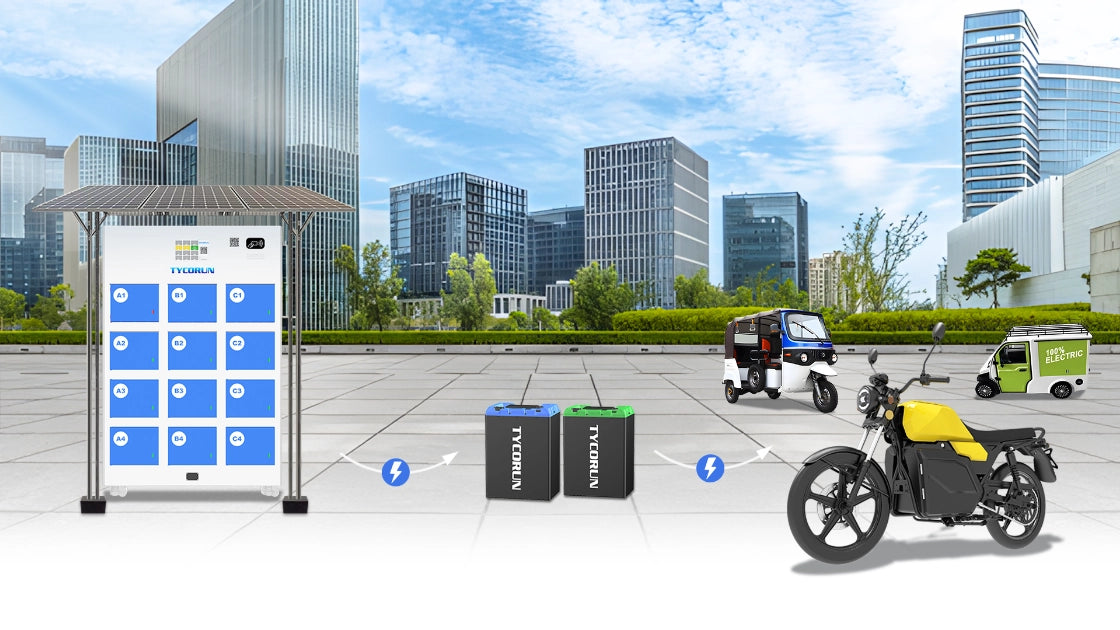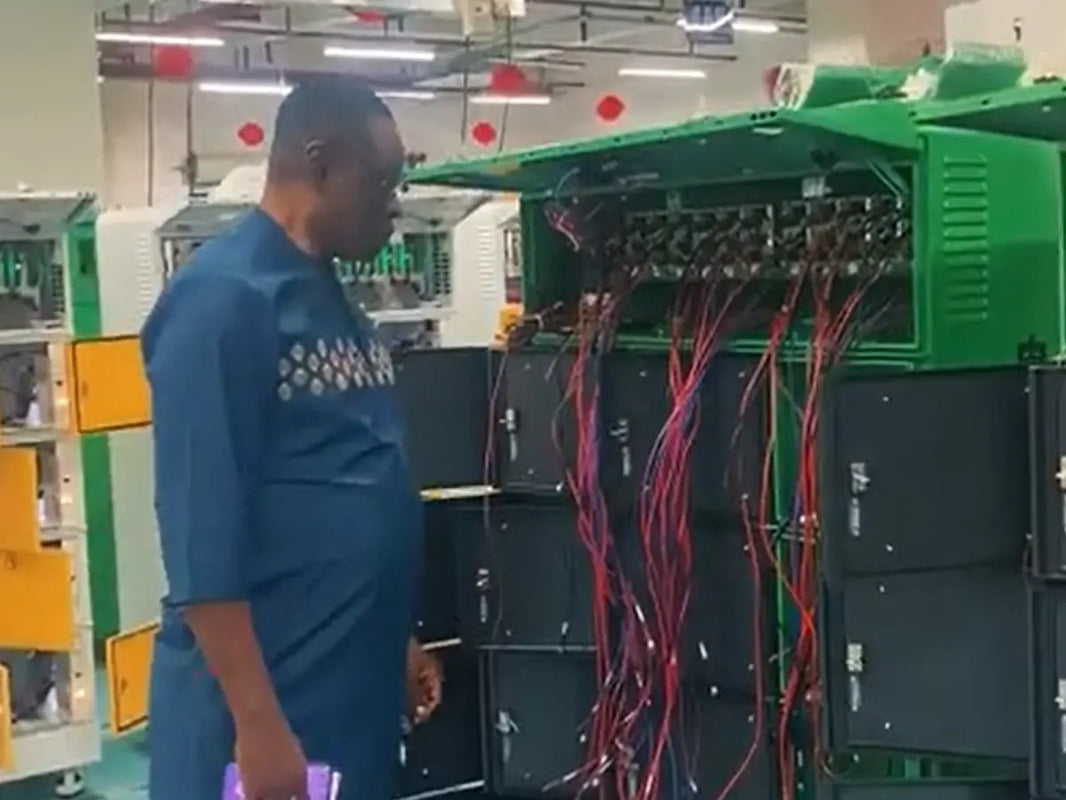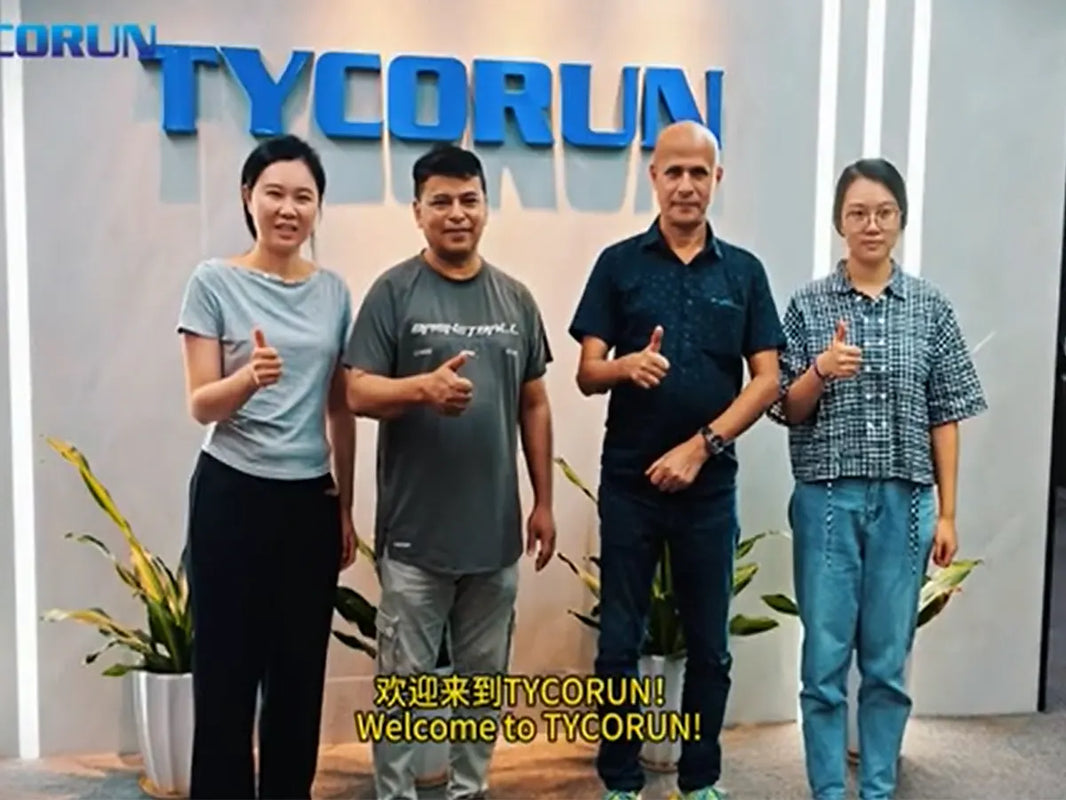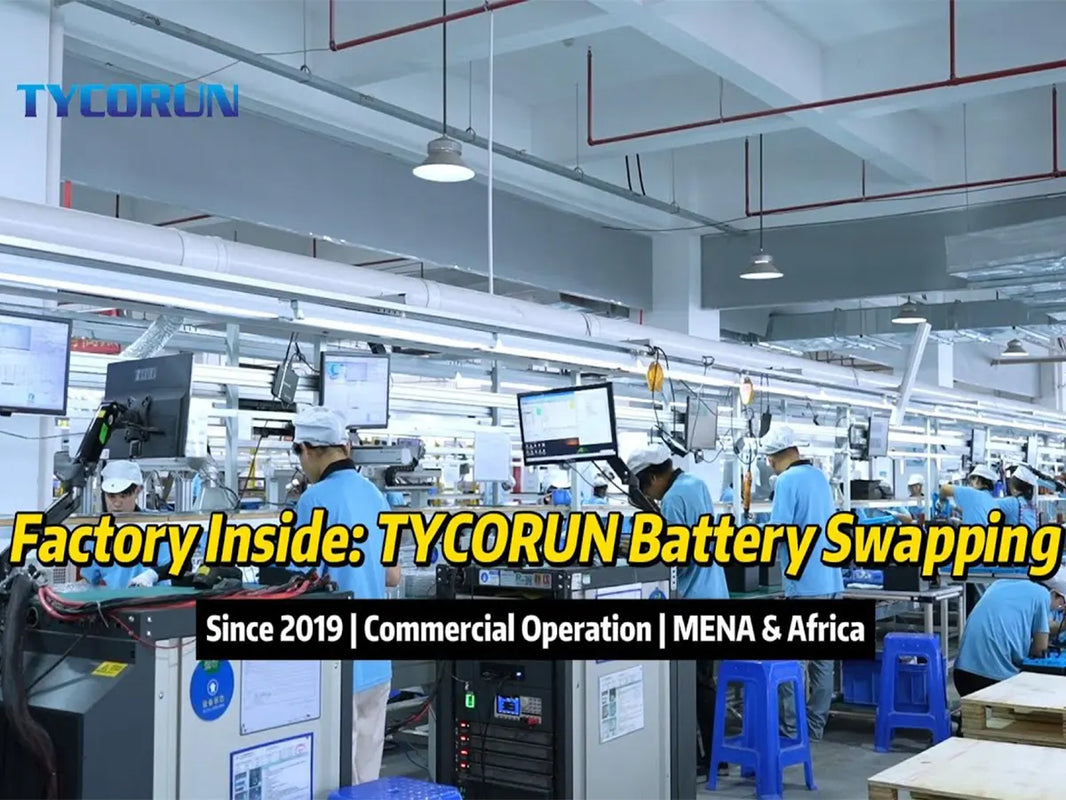
What are the types and characteristics of lithium ion batteries?
Lithium ion batteries can be applied to various fields, so the types of lithium ion batteries are also diverse. According to the appearance, there are three main types of lithium ion batteries currently on the market, namely button type, square and cylindrical.
The types of lithium ion batteries that have been produced abroad include cylindrical, prismatic, square, button, thin and ultra-thin types. As shown below. Can meet the requirements of different purposes.

The cylindrical model is represented by 5 digits, the first two digits indicate the diameter, and the last two digits indicate the height. For example: 18650 battery, which means that its diameter is 18mm and height is 65mm, which is represented by Φ1865. The square model is represented by 6 digits. The first two digits are the thickness of the battery, the middle two digits are the width of the battery, and the last two digits are the length of the battery. Expressed with 83448.
The size and weight of the battery are an important indicator of the lithium ion battery, which directly affects the characteristics of the battery. The electrochemical performance parameters of lithium ion batteries mainly include the following aspects.
Rated voltage: The rated voltage of commercial lithium ion batteries is generally 3.6V (some 4.2V lithium ion battery products have also appeared on the market, but the proportion is not large), and the working voltage range is 4.1~2.4V, and there are also The lower limit termination voltage is set to other values, such as 3.1V.
Rated capacity: refers to the capacity obtained when discharged to the final voltage at a constant current of 0.2C.
1C capacity: refers to the capacity obtained by discharging at 1C constant current to the final voltage. The 1C capacity is generally smaller than the rated capacity, and the smaller the difference, the better the current characteristics of the battery and the stronger the load capacity.
High and low temperature performance: The high temperature of lithium ion battery can reach +55℃, and the low temperature can reach -20℃. In this ambient temperature range, the battery capacity can reach more than 70% of the rated capacity. Especially in a high temperature environment, there is almost no effect on battery performance.
Charge retention capacity: After fully charged, the battery is left open for 28 days, and then discharged according to the percentage of the ratio of the capacity obtained by 0.2C discharge to the rated capacity. The larger the value, the stronger the charge retention capacity and the smaller the self-discharge. Generally, the charge retention capacity of lithium ion batteries is above 85%.
Cycle life: As the lithium-ion battery is charged and discharged, when the battery capacity is reduced to 70% of the rated capacity, the number of charge and discharge times obtained is called the cycle life. The cycle life of lithium ion batteries is generally required to be greater than 500 times.
According to the electrolyte form of lithium ion batteries, lithium ion batteries are divided into liquid lithium ion batteries and solid-state (or dry) lithium ion batteries. Solid-state lithium ion batteries are commonly referred to as polymer lithium ion batteries. They are a new generation of batteries developed on the basis of liquid lithium ion batteries. They have better safety performance than liquid lithium ion batteries, while liquid lithium ion batteries are generally Said lithium-ion battery.
The working principle of polymer lithium ion batteries is the same as that of liquid lithium ion batteries. The main difference is that the polymer electrolyte is different from the liquid lithium-ion battery. The main structure of the battery also includes three elements: positive electrode, negative electrode and electrolyte. The so-called polymer lithium ion battery uses polymer materials as the main component of the battery system in at least one or more of these three main structures. In the polymer lithium-ion battery system currently being developed, polymer materials are mainly used in positive electrodes or electrolytes. The positive electrode material includes conductive polymer or inorganic compounds commonly used in lithium ion batteries, and the electrolyte can be a solid or colloidal polymer electrolyte, or an organic electrolyte. At present, lithium ion batteries use liquid or colloidal electrolyte, so strong secondary packaging is required to contain the combustible active components in the battery, which increases its weight and also limits the flexibility of battery size. There is no excess electrolyte in the polymer lithium ion preparation process, so it is more stable, and it is not easy to cause dangerous situations due to battery overcharging, collision or other damage, and overuse.
Lithium ion batteries have five major structures: positive electrode, negative electrode, electrolyte, separator, casing and electrode lead. The structure of lithium ion batteries is mainly divided into two categories: winding type and stacked type. Liquid lithium batteries have a winding structure, while polylithium batteries have two types. The winding type puts the positive electrode membrane, the separator, and the negative electrode membrane in sequence, and winds them into a cylindrical or flat cylindrical shape, while the laminated type stacks the positive electrode, the separator, the negative electrode, the separator, and the positive electrode in multiple layers. Weld all the positive poles together and lead them out, and weld the negative poles together and lead them out.
The new generation of polymer lithium ion batteries can be thinner in shape (for example, the battery produced by ATL of a company in Guangzhou, Dongguan, Guangdong Province, China can be as thin as 0.5mm, which is equivalent to the thickness of a card) and any area And arbitrary shape, greatly improving the flexibility of battery shape design, so that it can be made into batteries of any shape and capacity according to product requirements, providing application equipment developers with a high degree of design flexibility and adaptability in power solutions , So as to maximize the optimization of its product performance.
The applicable industries for polymer lithium ion batteries include mobile phones, mobile DVDs, notebook computers, camcorders, digital cameras, digital cameras, personal digital assistants (PDAs), 3G mobile phones, electric vehicles, portable satellite positioning systems, as well as automobiles, trains, and ships. Mobile devices such as, space shuttles, smart robots, electric scooters, children's toy cars, lawnmowers, cotton pickers, field exploration tools, hand tools, etc. may use polymer lithium ion batteries in the future.
At the same time, the unit energy of polymer lithium ion batteries is 50% higher than that of current general lithium ion batteries, and its capacity, charge and discharge characteristics, safety, operating temperature range, cycle life (more than 500 times), and environmental protection performance are all better. Lithium ion batteries have been greatly improved
Polymer lithium ion batteries have the following advantages.
①Good safety performance Polymer lithium-ion battery adopts aluminum-plastic soft packaging in structure, which is different from the metal shell of liquid battery. Once a safety hazard occurs, liquid battery is easy to explode, while polymer battery will only have air drums.
②The thickness of the battery is small and can be made thinner. The ordinary liquid lithium-ion battery adopts the method of customizing the shell first, and then plugging the positive and negative materials. The thickness is below 3.6mm and there is a technical bottleneck. The polymer battery does not have this problem. It can be less than 1mm, which is in line with the demand direction of fashionable mobile phones.
③Light weight The weight of polymer battery is 40% lighter than steel shell lithium battery of the same capacity and 20% lighter than aluminum shell battery.
④The battery capacity is large. Polymer batteries have a capacity of 10%~15% higher than steel shell batteries of the same size and 5%~10% higher than aluminum shell batteries. They have become the first choice for color screen mobile phones and MMS mobile phones. And MMS mobile phones also mostly use polymer batteries.
⑤Small internal resistance The internal resistance of polymer batteries is smaller than that of ordinary liquid batteries. At present, the internal resistance of domestic polymer batteries can even be below 35mΩ, which can greatly reduce the self-consumption of the battery and extend the standby time of the mobile phone. The polymer lithium battery that supports large discharge current is an ideal choice for remote control models, and it has become the most promising product to replace Ni-MH batteries.
⑥The shape of the battery can be customized. The polymer battery can increase or decrease the thickness of the battery according to the demand. New battery models can be developed. They are cheap and have a short mold opening cycle. Some can even be tailored to the shape of the mobile phone to make full use of the battery shell space. Increase battery capacity.
⑦Good discharge performance The polymer battery uses a gel electrolyte. Compared with a liquid electrolyte, the gel electrolyte has a stable discharge characteristic and a higher discharge platform.
⑥Simple protection board design. Due to the use of polymer materials, the battery does not catch fire or explode, and the battery itself has sufficient safety. Therefore, the design of the protection circuit of the polymer battery can be considered to omit the PTC and fuse, thereby saving the battery cost.
In addition to the batteries described above, there is also a so-called "plastic lithium ion battery". The earliest plastic lithium ion battery was proposed by Bellcore Laboratories in the United States in 1994. Its appearance is exactly the same as that of polymer lithium ion batteries. In fact, they are traditional. The "soft packaging" of lithium ion batteries uses aluminum/PP composite membranes instead of stainless steel or aluminum shells for hot compression molding, and the electrolyte is absorbed in the porous electrodes.
The structure comparison of several lithium ion batteries is shown in the following table.
| Battery Type | Electrolyte | Shell/Package | Diaphragm | Current collector | Whether the electrolyte is fixed in the colloid |
| Square lithium ion battery | Liquid | Stainless steel, aluminum | 25 μPE | Steel foil and aluminum foil | no |
| Membrane lithium ion battery | Liquid | Aluminum/PP composite film | 25 μPE | Copper foil and aluminum foil | no |
| Polymer lithium ion battery | Colloidal polymer | Aluminum/PP composite film | No diaphragm or μPE | Copper foil and aluminum foil | Yes |















